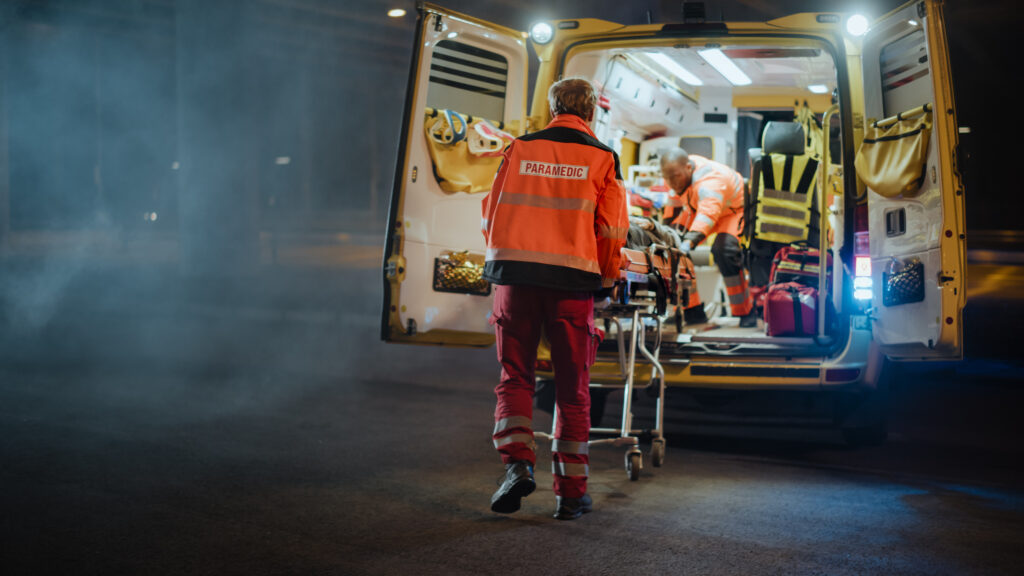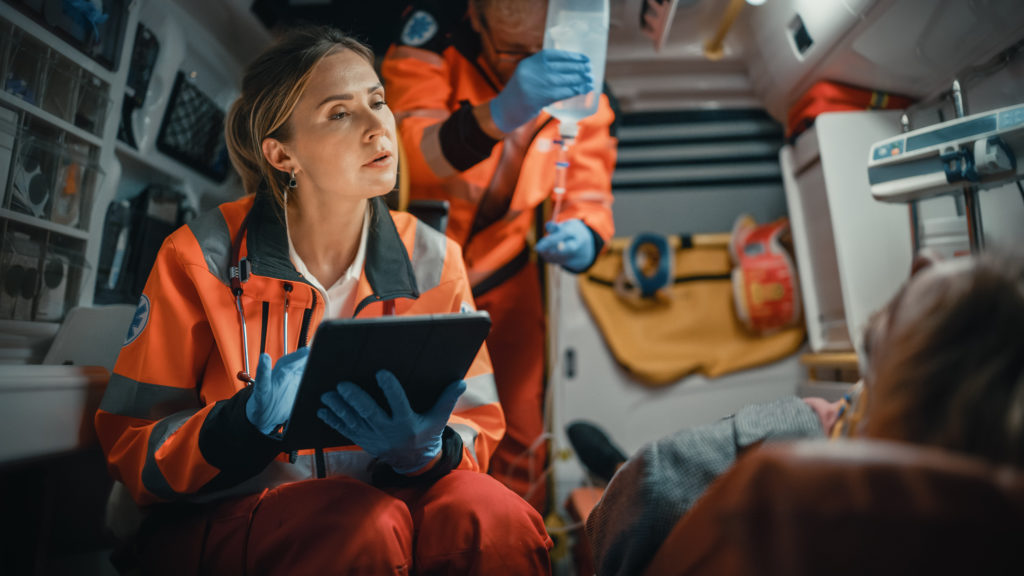One of the incredible things about EMTs, nurses and physicians on the front lines is their ability to stay level-headed in the face of an emergency. It’s easy to imagine this is simply their superpower (or the result of immense training), so it may come as a poignant reminder that these healthcare professionals absolutely experience literal life-or-death stress on a regular basis. And while delivering emergent, lifesaving care is critical, what is unfortunately also weighing heavily on first responders are things like paper medical records, malfunctioning printers, and lost care documents. The latter items, I hope we can all agree, should not be competing with the former. And yet, they are.
Death by paperwork is still very real in healthcare, so let’s look at some of the feedback that Kno2 has recently heard from some of these brave professionals in terms of how true healthcare connectivity has reduced stress levels for EMS.
EMS-reported Survey Findings Regarding Automated ePCR Delivery
While it wouldn’t be hard to assert that electronically sending and receiving patient information for EMS use cases provides value, Kno2 took it a step further to conduct a recent survey with actual EMS stakeholders leveraging care networks via the Kno2 Communication API. The feedback was incredibly positive, and we were elated to hear just how much the EMS experience was enhanced by access to patient record queries and electronic sending of PCR (Patient Care Reports) to the transport provider (ED or otherwise).
One of the statistics that stood out to us regarding benefits of automated ePCR delivery is that 19% pointed to reduced stress levels of medics. When variables like time, efficiency, and cost are highly recognized in connectivity efforts that focus on simple, accessible solutions for provider end users, recognizing the benefit of effective workflows for mitigating stress in a stressful job is huge!
Imagine treating a patient in critical care, transporting them to the ED successfully, and then getting stuck waiting for a faulty printer to physically hand off the PCR. And then imagine finally returning to the field, wondering exactly how long it would take for Medical Records to get that document (or worse, if…), scan it in, and get that information in front of ED physicians and staff. By that point, does it even matter?
I don’t know about you, but my blood pressure is elevated even thinking about it. Our first responders in EMS deserve better, and with affordable, quick-to-implement solutions available that are proven to work, there’s simply no excuse to keep fighting the printers and chasing paper.








